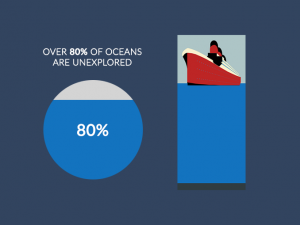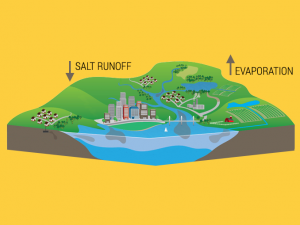Stream Ordering and the Strahler Method

Stream ordering is a way to classify the size of streams. The Strahler method is the most popular way to classify streams based on their branches.
“Imagine streams as tree branches. The stream order keeps going up as more streams converge.”
Smaller streams, with no branches, start as order 1. When two order 1 streams join, they become an order 2 stream. This process of stream ordering continues as more branches converge.
The Strahler Method
The Strahler method uses a systematic way to classify streams based on their branching. This process is key to how streams grow as they collect more water and merge with other streams.
It begins with the smallest streams, those without any tributaries. Those are designated as first-order streams. As the stream order increases, the stream’s size increases with more branches.

When two streams of the same order merge, the resulting stream is classified as one order higher. For example, when two first-order streams come together, they form a second-order stream.
However, when a lower-order stream merges with a higher-order stream, the order of the larger stream remains unchanged. This rule ensures that the stream order accurately reflects the complexity of the network.
The Shreve method is an alternative to the Strahler method. It adds the branches together to produce the next stream order. So, it accounts for all possible stream-order combinations as the stream magnitudes
Applications of Stream Ordering
We use the Strahler method to understand the hydrological characteristics of a watershed. By analyzing the stream order, scientists can learn about the river behavior. They can also better understand potential flooding areas and the ecosystem’s health.
We’d love to hear your thoughts and any experiences you might have with the Strahler method or river studies in general. Feel free to share your comments and join the conversation below.















bob’s wrong
Your diagram incorrectly represents the strahler stream order method. The orders should not change until the confluence of streams.